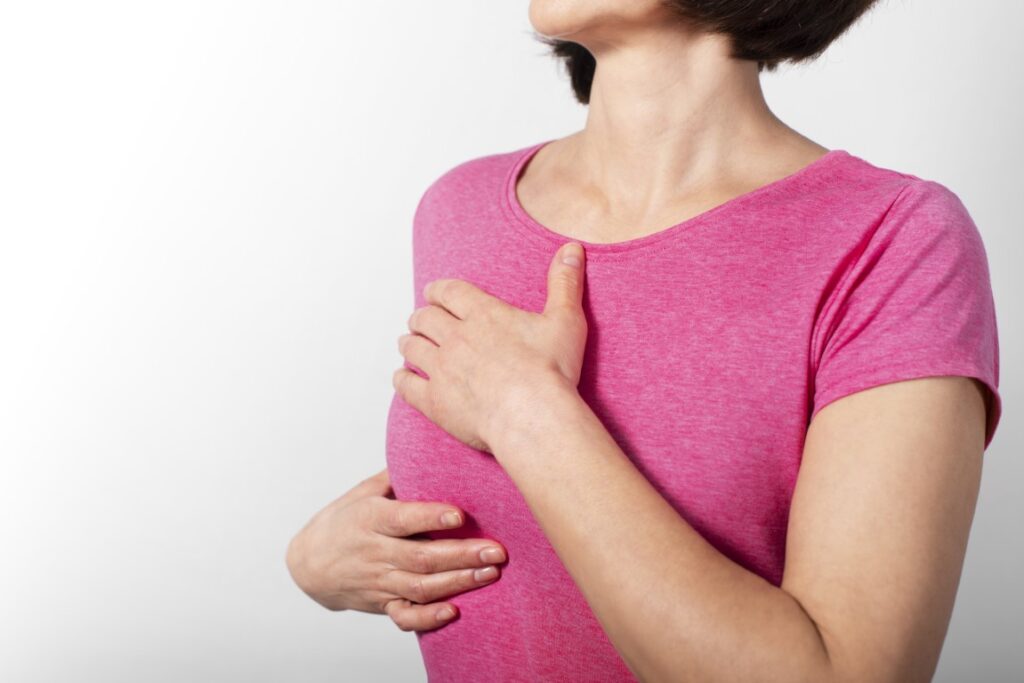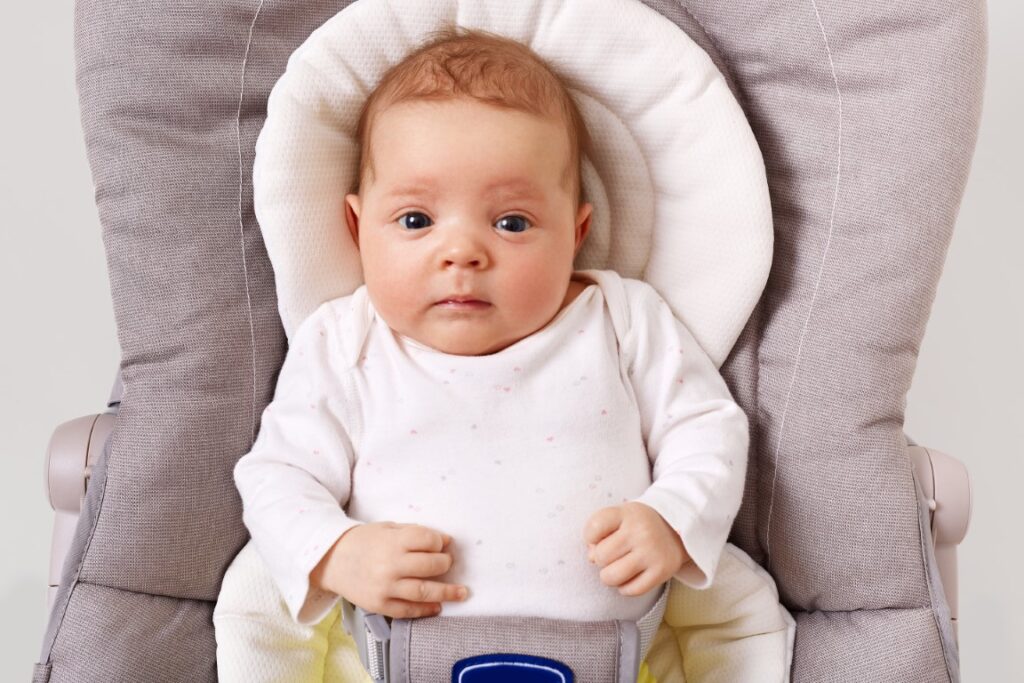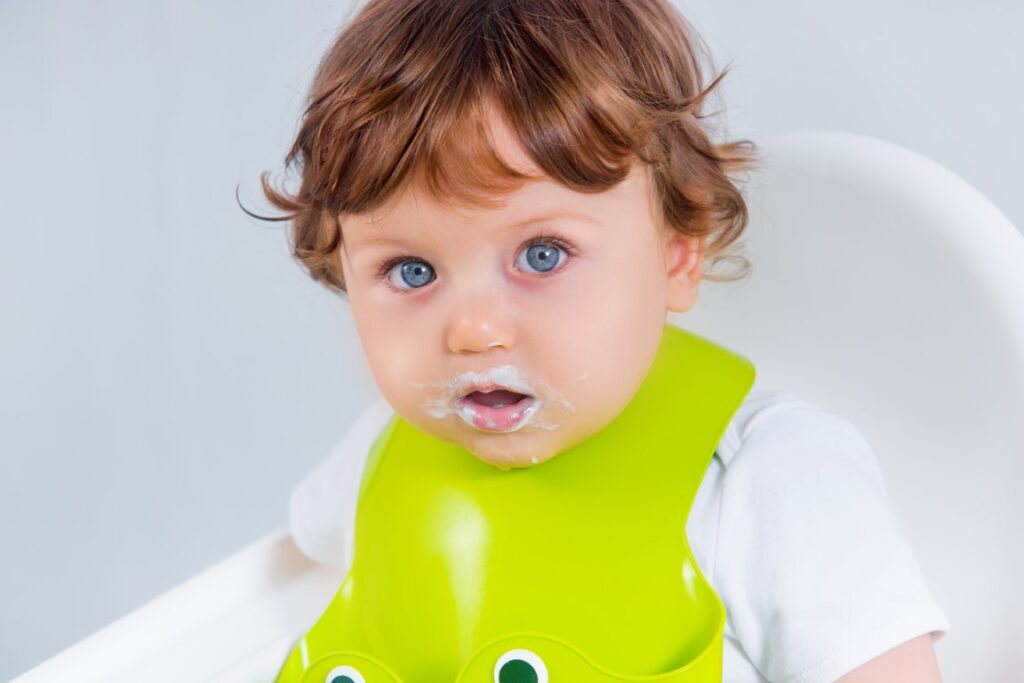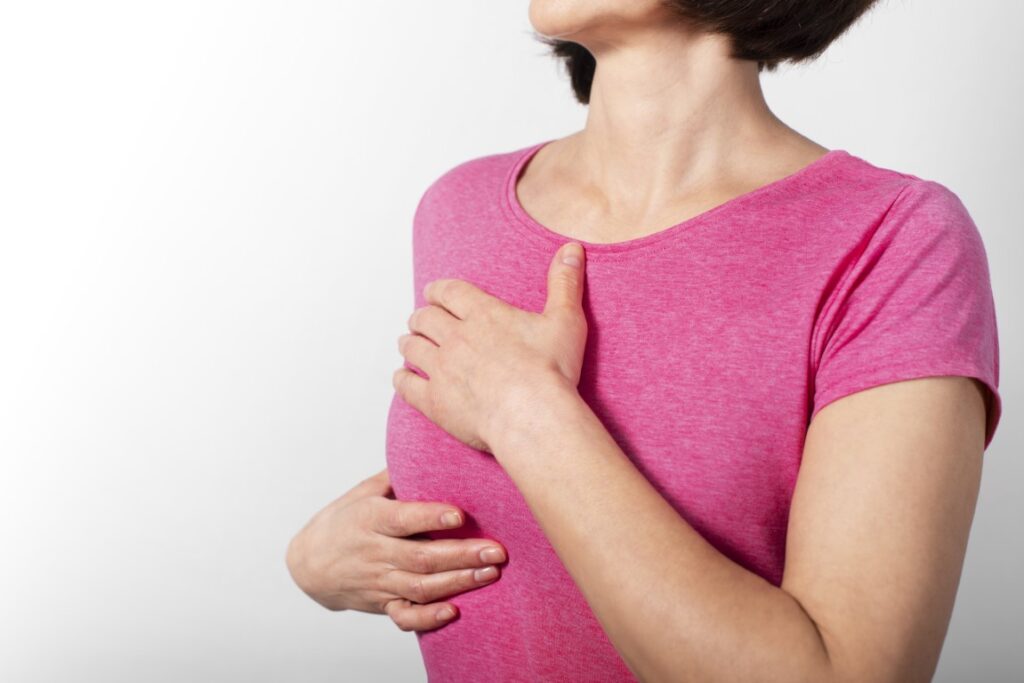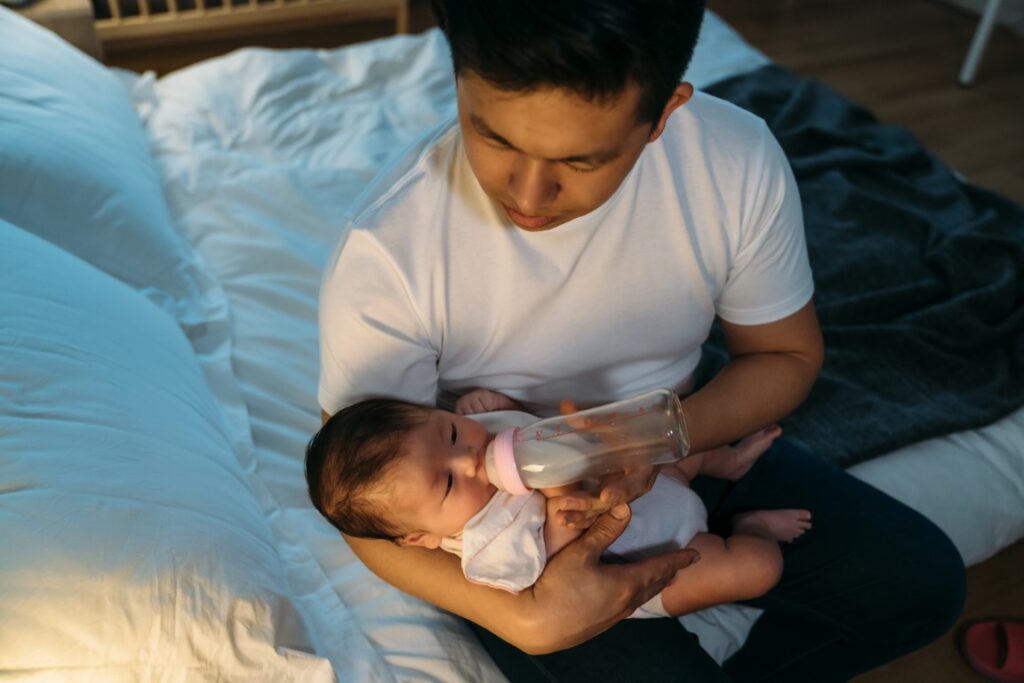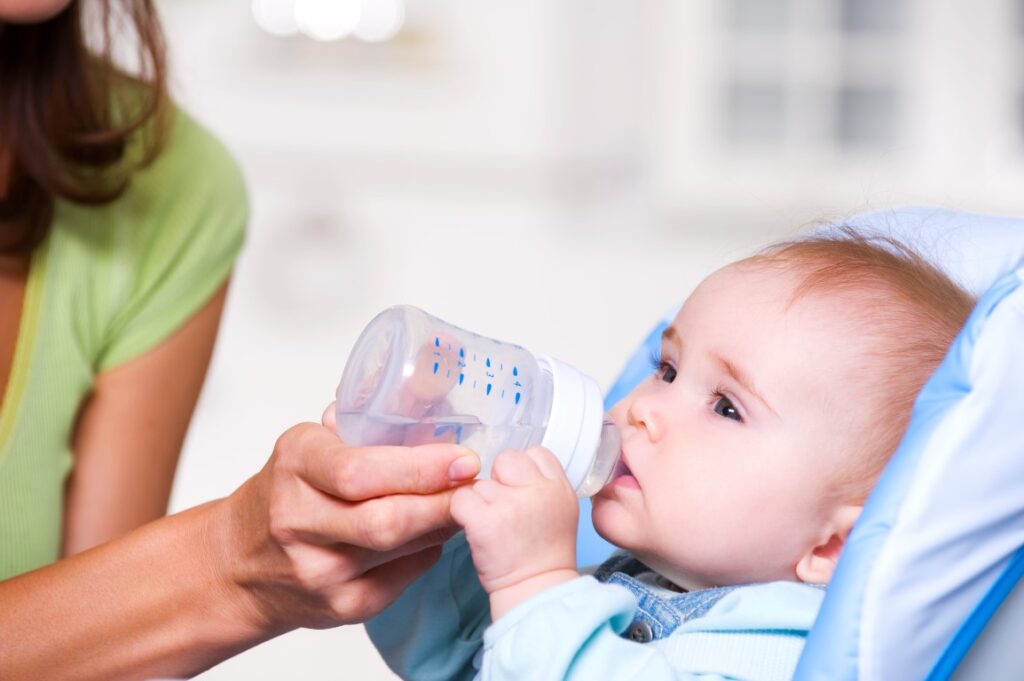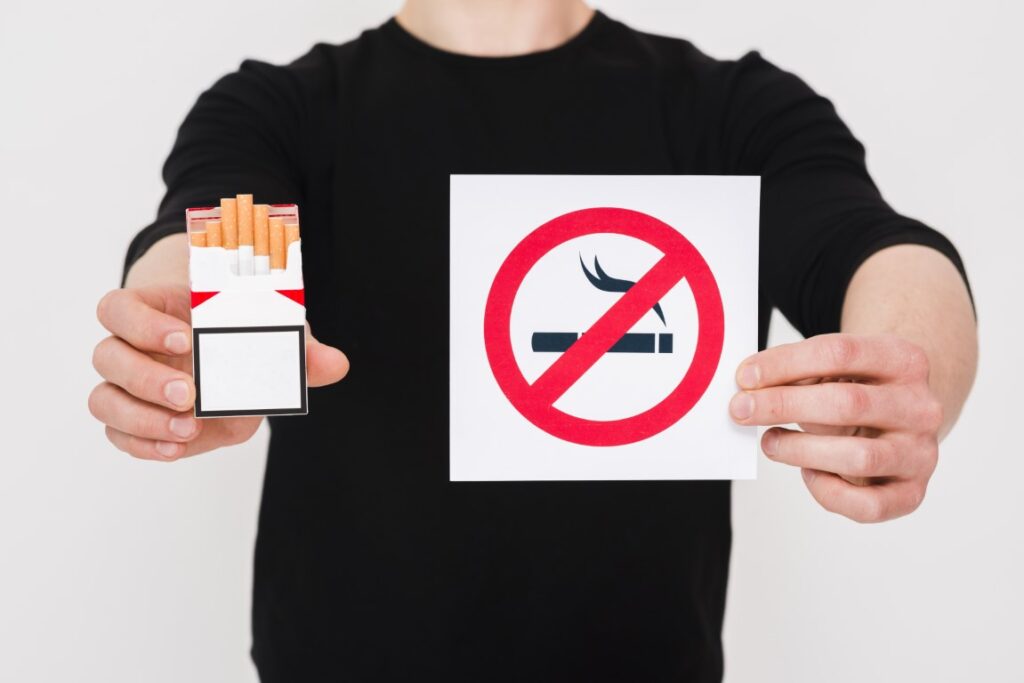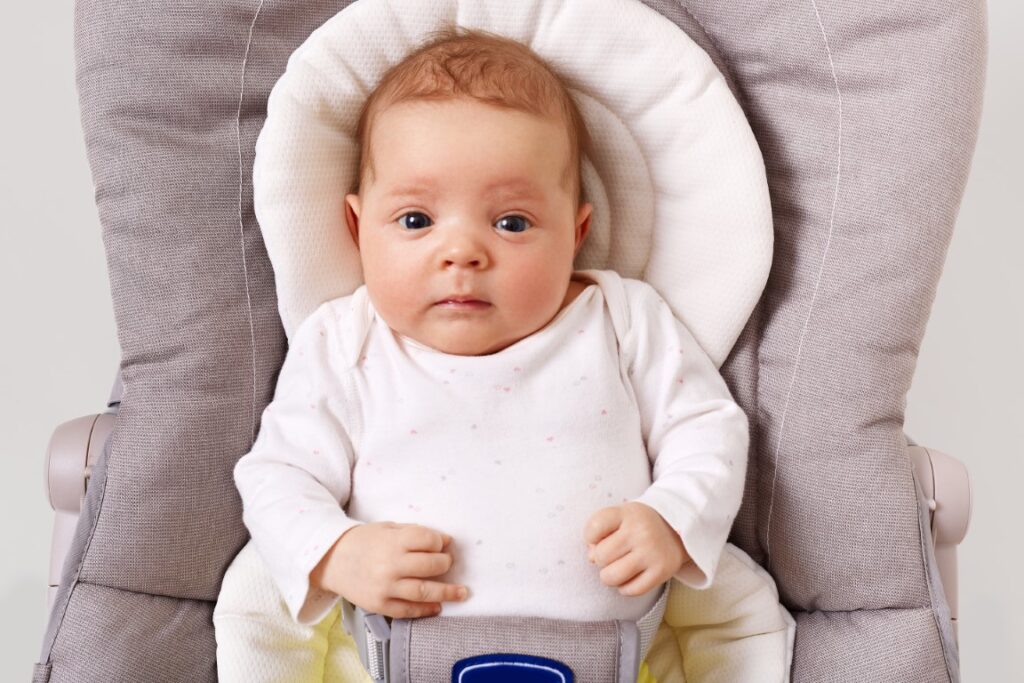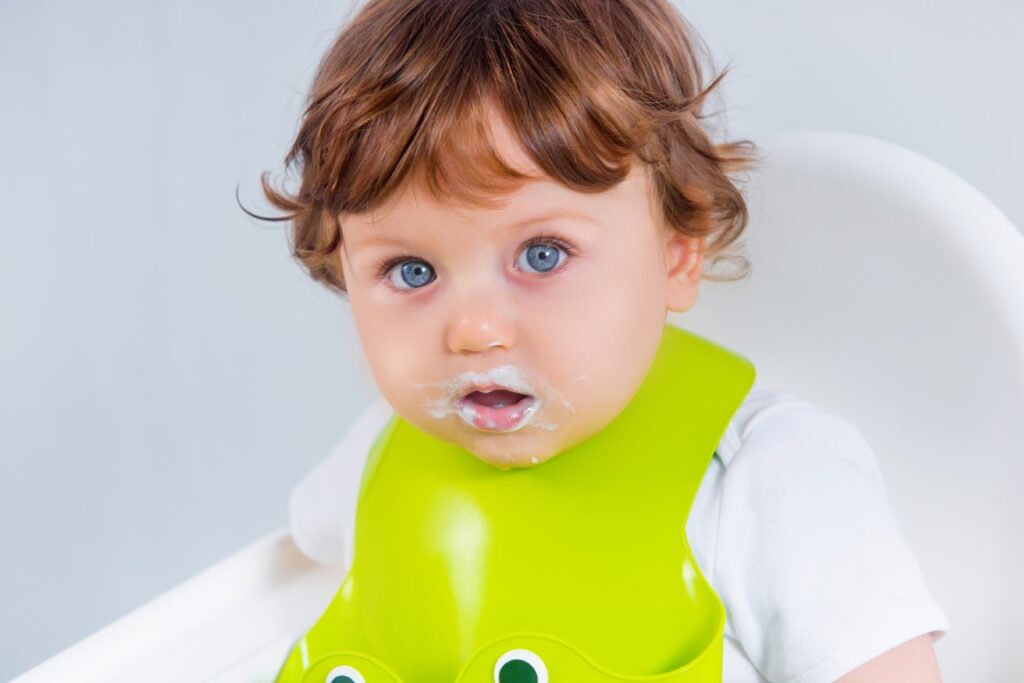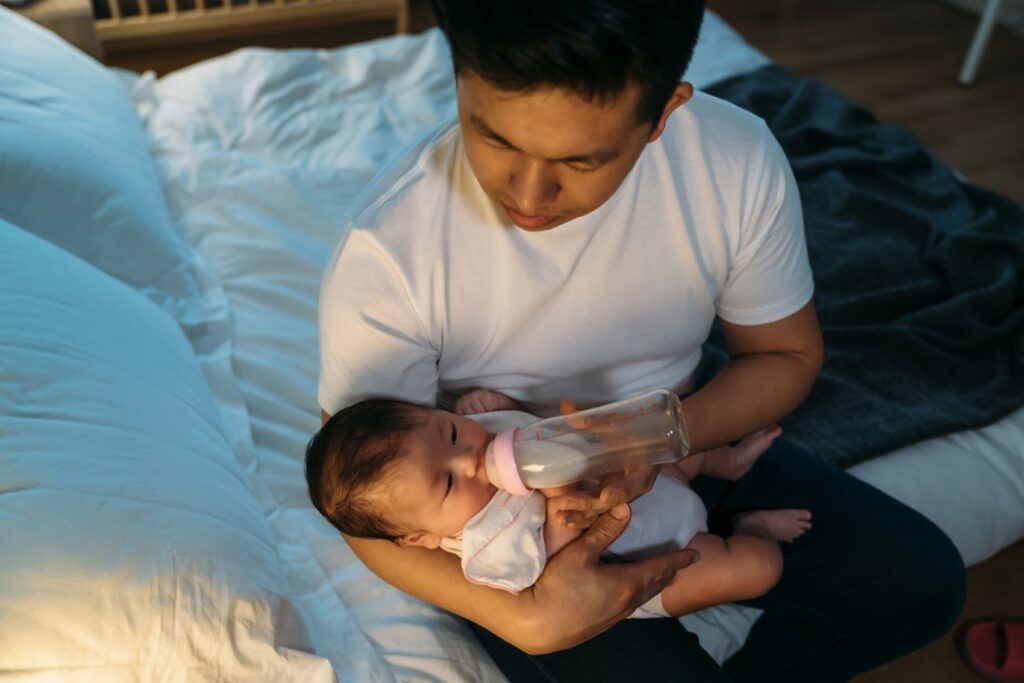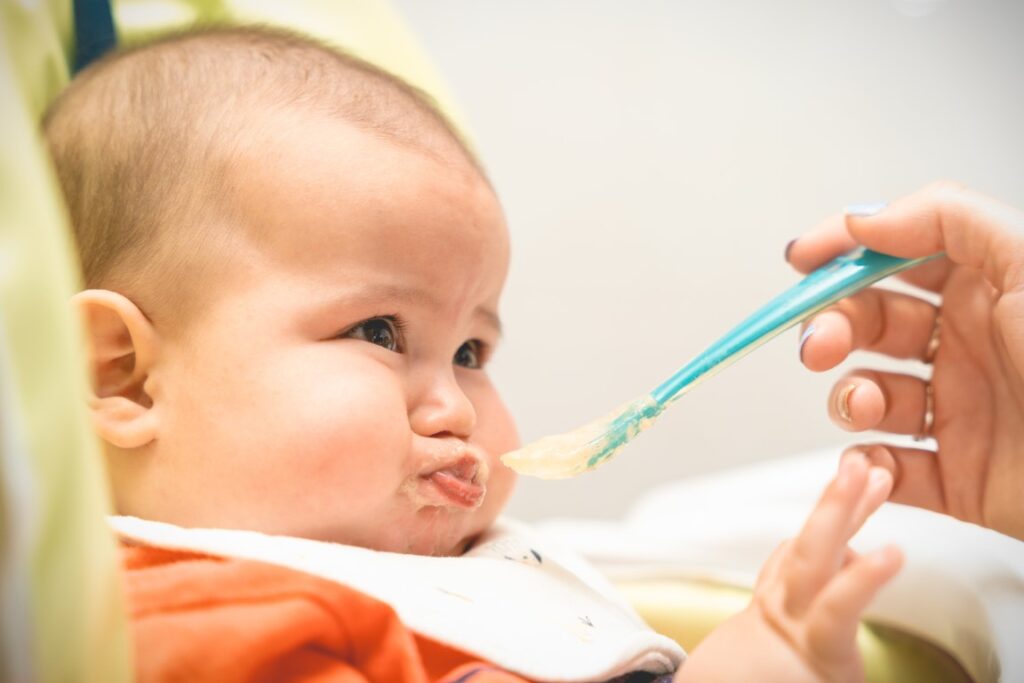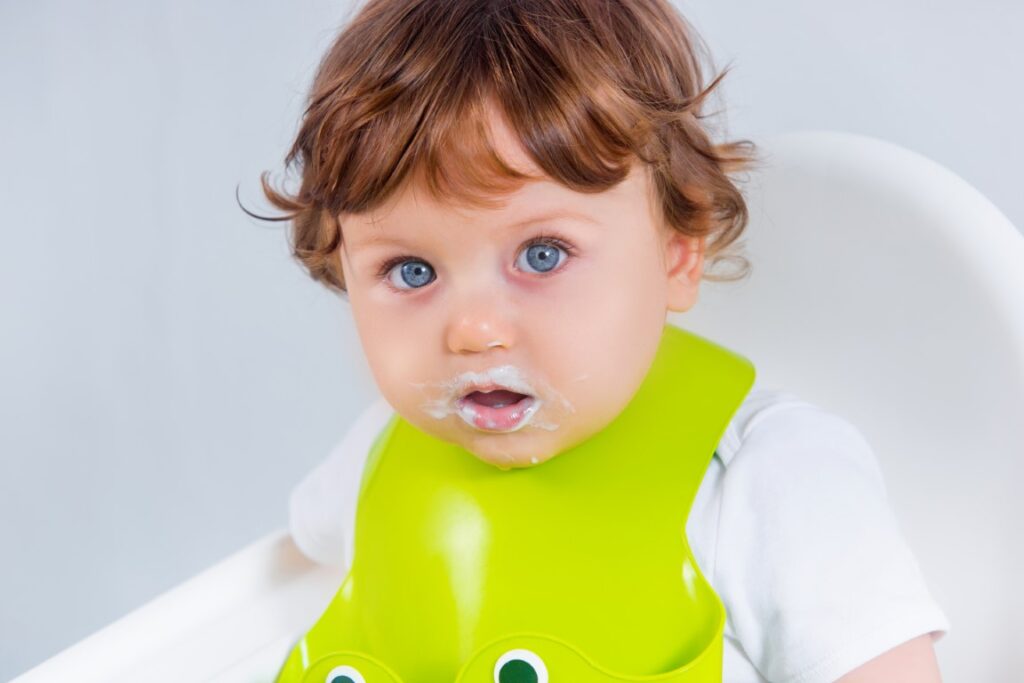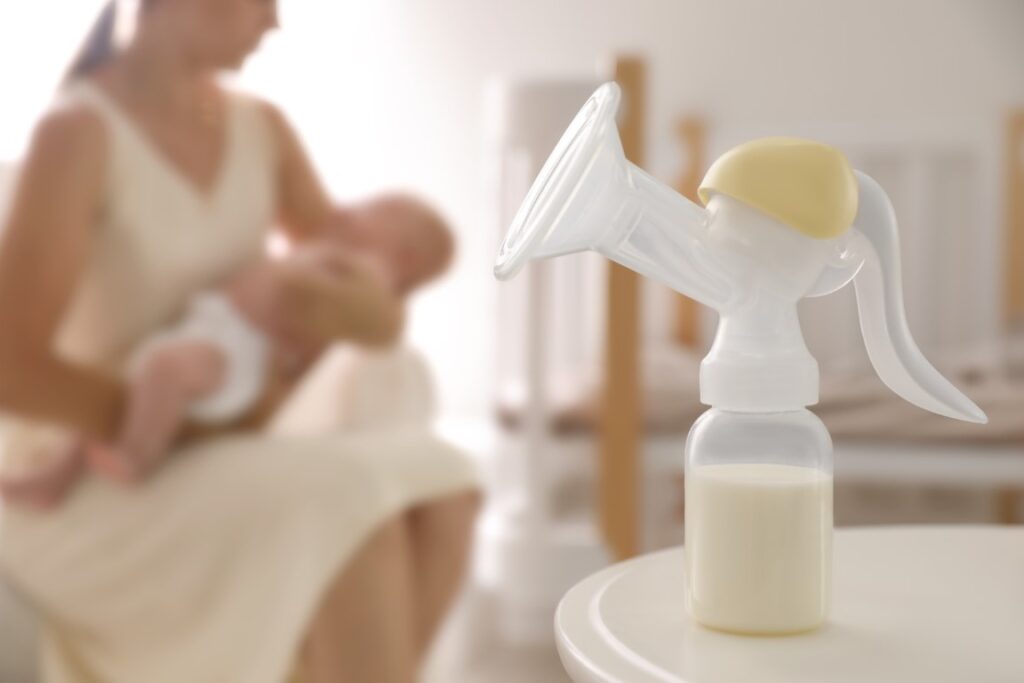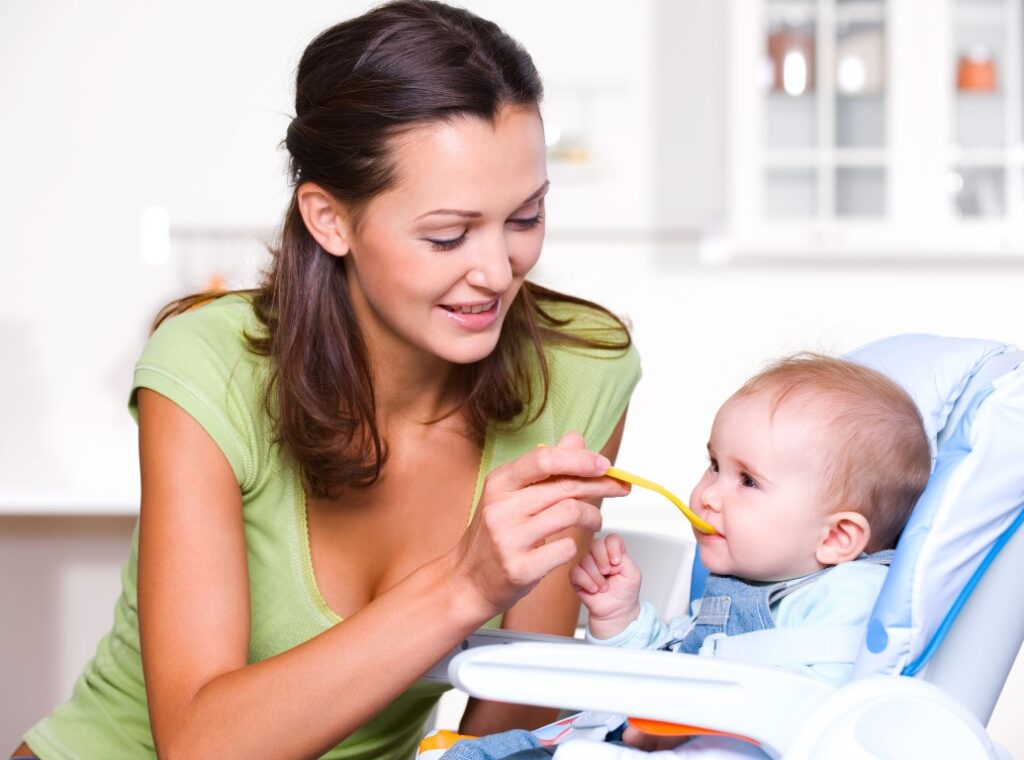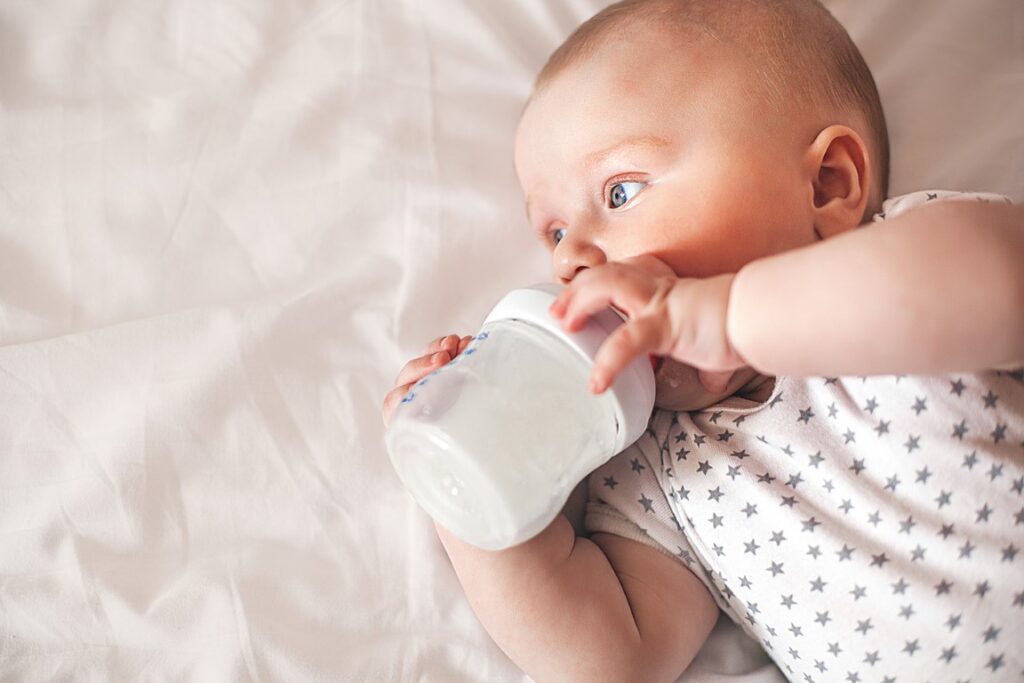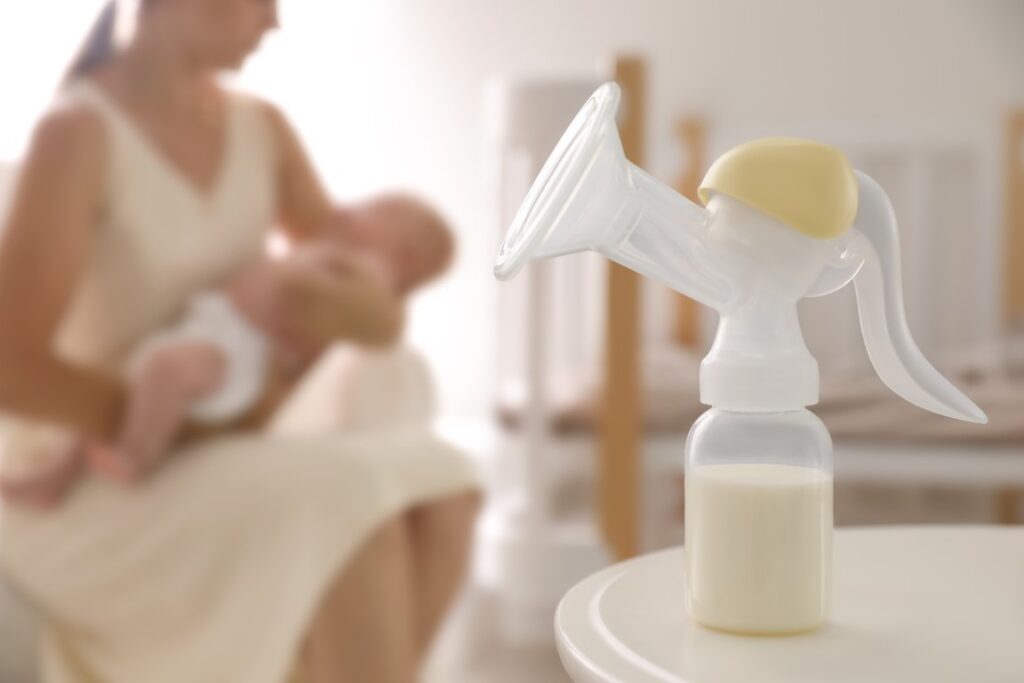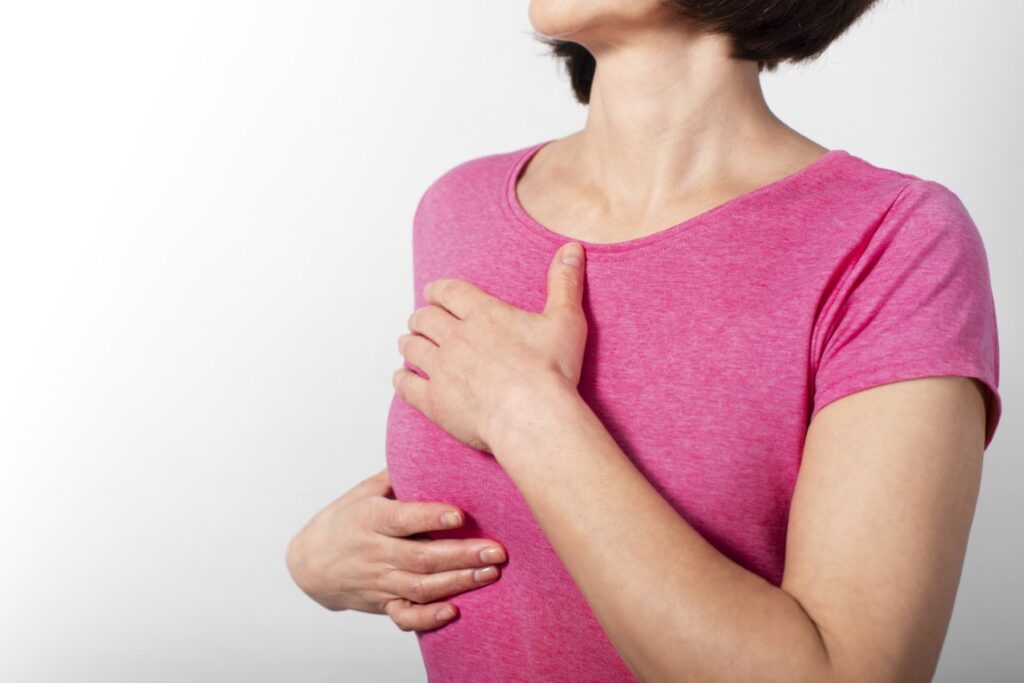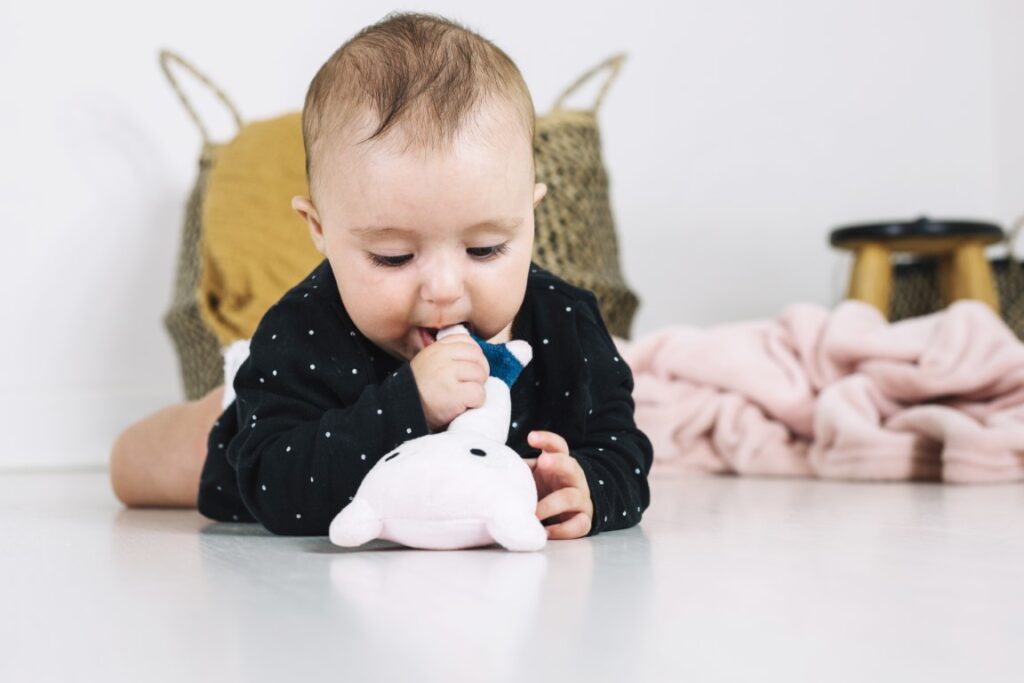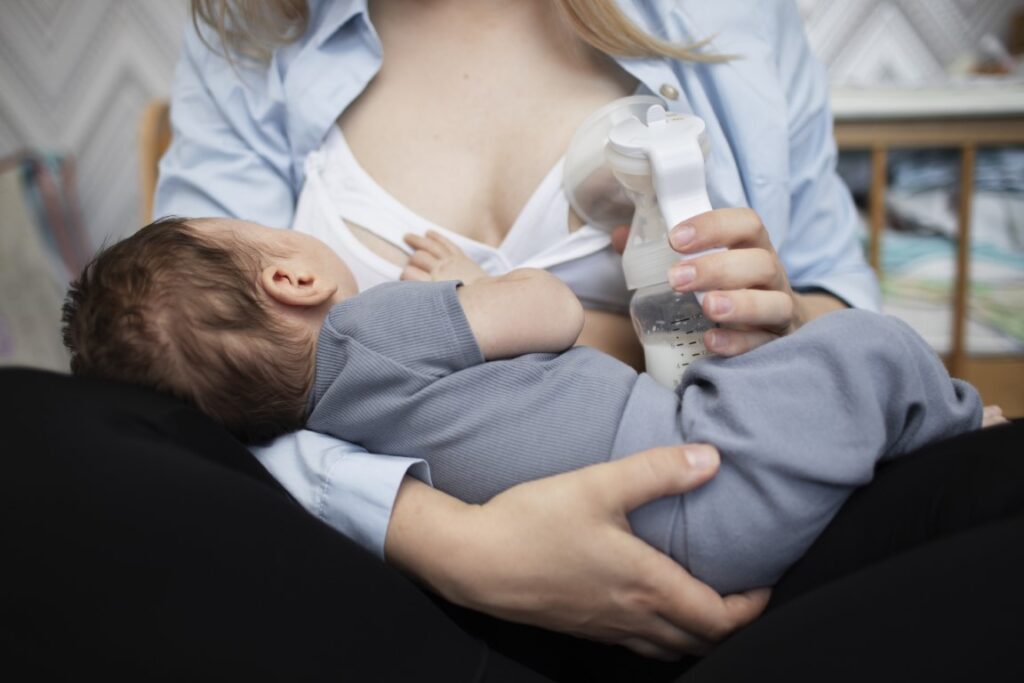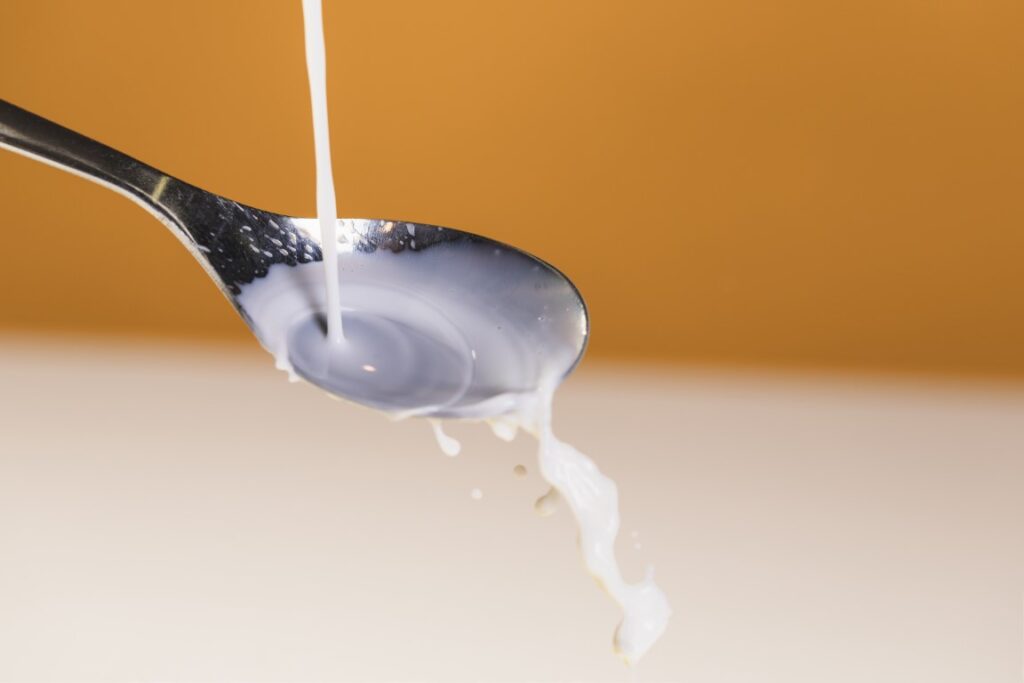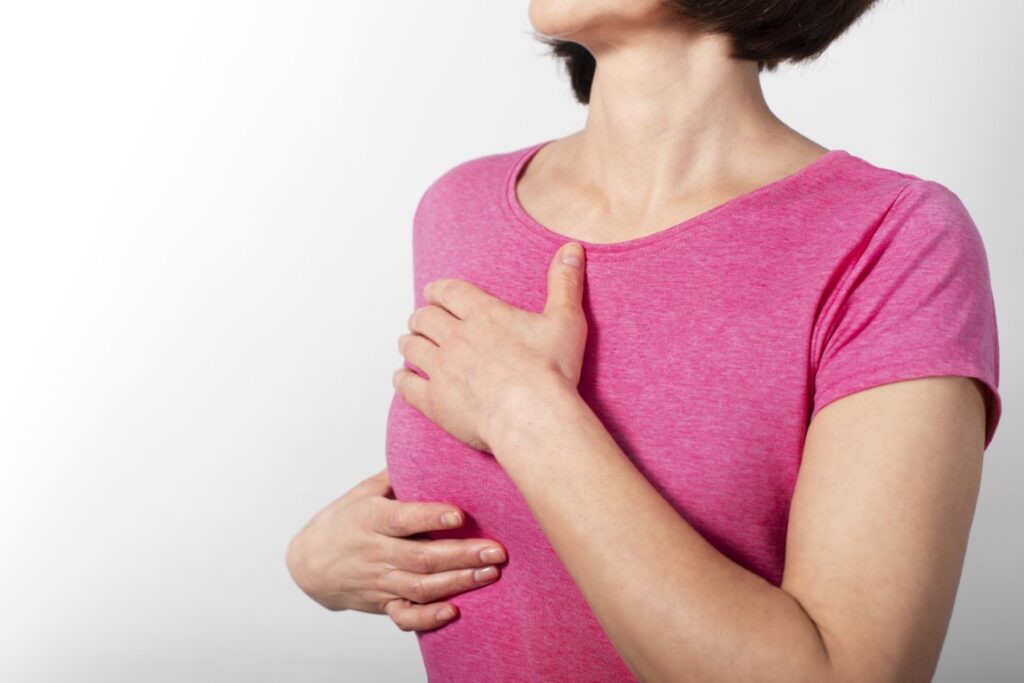The phrase “breastfeeding shouldn’t hurt” is one that new mothers frequently hear. Yet, many people discover that the early reality is rather different.
First off, most women’s nipples enlarge and become more sensitive during pregnancy. And when your baby begins sucking on them to feed, he exerts pressure and suction beyond anything they have ever known (at least if you are a first-time mother).
Your infant may need to be fed up to 13 times per day, and breastfeeding sessions can last up to an hour at times. As a result, the nipples might get painful due to all this additional suction, pressure, and saliva.
Consider cracked or painful lips brought. The more you moisten them by licking them, the more dry and damaged your lips become. The same applies to your nipples.
But, discomfort shouldn’t linger too long because, throughout the first several weeks, both you and your infant should get used to nursing. It’s critical to address issues as soon as possible to prevent future ones. So, if your nipples break, start bleeding, or hurt too much, you should see a lactation consultant or nursing expert.
Yet prevention is always better than cure, so follow these tips to take care of your nipples:
Examine your baby’s latch
A proper latch is essential for pain-free breastfeeding. Aim your nipple toward the roof of the baby’s mouth while they are latching on. This should make it easier for them to grab hold of the nipple and a portion of the area around it known as the areola. They will be able to feed adequately if the nipple and some breast tissue are placed in his mouth in this manner.
In the first few days, get your baby’s latch examined by a lactation consultant or nursing expert. In order to assist you in nursing your baby as comfortably as possible, they will provide you with advice on how to deal with any difficulties and sometimes propose alternate nursing positions.
Be cautious of tongue-ties
Akyloglossia, often known as tongue-tie, affects 4 to 11% of babies. It indicates that the lingual frenulum, a strip of skin that connects the tongue to the floor of the mouth, is too short. A baby who is tongue-tied might not be able to open his mouth wide enough to feed from your breast, and their tongue will likely not cover their bottom gum when sucking. As a result, you can get painful nipples, and they might get frustrated.
A doctor, lactation consultant, or nursing specialist will need to look at your baby to see if they have a tongue tie. If required, it can be handled with a simple technique called a tongue-tie division.
A lip-tie is a comparable but less common problem in which the frenulum connecting the top lip to the top gum is excessively short. If you suspect that tongue-ties or lip-ties may be the source of your nipple pain, get help right away. Tongue-ties and lip-ties aren’t often detected during newborn examinations.
Tips for caring for your nipples when breastfeeding
a. When taking a bath or shower, wash your breasts with plain water. Your areola’s little bumps, known as Montgomery glands, secrete an oil that hydrates and protects your nipples. Soaps and shower gels have the potential to strip away its natural oil, which can cause dryness and discomfort.
b. Dry your nipples naturally or gently dab them with a cloth. It is no longer recommended for women to touch their nipples to toughen them up.
c. Before nursing, there is no need to clean the breasts or nipples. In actuality, germs from your breast’s surface can aid in the development of your baby’s gut flora.
d. Try rubbing a few drops of fresh breast milk into your baby’s nipples before and after feedings to see if it will help repair any damage.
e. If nursing pads get wet, change them out right away to lower the chance of bacterial or fungal illnesses, like thrush.
f. Don’t lengthen the time between breastfeeds in an attempt to “relax” your nipples. To be healthy and develop properly, your infant must be fed on demand.
Effective nipple care products
a. Nipple cream is created from naturally occurring, ultra-pure lanolin, which is derived from sheep’s wool. This aids in healing and moisturizes. There is no need to wash off lanolin before nursing because it is safe for your infant.
b. In addition to providing immediate pain relief while nursing, hydrogel pads can be used on painful nipples to promote recovery. For added cooling comfort, you may even store them in the refrigerator.
c. Use breast shells inside your bra. They have openings to let air get to your nipples to help them recover, and they’re wonderful for preventing garments from rubbing against sensitive nipples and causing further discomfort.
d. Use nursing bras that are either composed of breathable fabric, such as cotton, or a quick-drying fabric that wicks excess moisture away from nipples.
e. Nipple shields are silicone coverings that go over your nipples and have a few tiny holes so that when you nurse, your breast milk may pass through. They shield the skin underneath and might provide a stronger surface for an infant with a weak latch. Nipple shields should generally be viewed as a temporary fix. See a lactation consultant or nursing professional if issues or pain arise.
When should you get medical help?
If your nipple pain doesn’t go away or if you have any other strange symptoms, you should talk to a lactation consultant or a doctor. If your nipples have white patches or are flaky, you may have thrush; if they are white or blue, you may have Raynaud’s illness (vasospasm); and if they are pus- or hot-red, you may have an infection. Check with a doctor immediately if you notice any of these signs.

